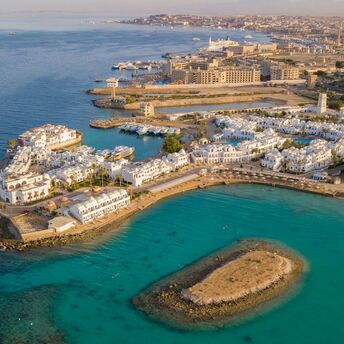Travelers Gain Direct Cebu to Guam Connection This December

Philippine Airlines (PAL) will start operating direct flights between Cebu and Guam on December 16, 2025. The new route will run three times a week, offering evening departures from Cebu and early morning returns from Guam. The route complements existing daily flights from Manila to Guam, giving travelers additional reliable options. A direct connection is now available, allowing travelers to organize their journeys between Cebu and Guam more efficiently.
With a structured schedule, travelers can plan their journeys with greater ease. Travelers can follow a straightforward schedule offering regular flights:
- PR 120 Cebu to Guam: departs Cebu at 9:40 PM every Tuesday, Thursday, and Saturday; arrives in Guam at 3:25 AM.
- PR 121 Guam to Cebu: departs Guam at 5:15 AM every Wednesday, Friday, and Sunday; arrives in Cebu at 6:50 AM.
Those traveling from Cebu to Guam can visit major attractions such as Tumon Bay beachfront, Two Lovers Point cliff, and the UnderWater World Guam aquarium. The sites offer opportunities to experience coastal vistas, panoramic views, and marine life while avoiding time-consuming travel connections. The evening flight from Cebu enables travelers to reach Guam early in the morning, giving them a full day to explore.
On the return route from Guam to Cebu, passengers can visit well-known attractions such as Magellan’s Cross, the Taoist Temple, and Tops Lookout. Visitors can explore historical landmarks, experience cultural attractions, and enjoy scenic viewpoints even during brief trips. Early morning departures from Guam make it possible for travelers to arrive in Cebu and spend a significant portion of the day visiting these sites, improving overall efficiency.

The launch of Cebu to Guam direct flights provides passengers with greater convenience, predictable schedules, and enhanced access to key attractions. Travelers now have more flexibility to organize short-term trips or extended visits, taking advantage of improved connectivity between the two regions. This development represents a meaningful improvement in regional mobility, allowing visitors to plan more structured and efficient itineraries while enjoying prominent coastal, cultural, and scenic destinations.



















